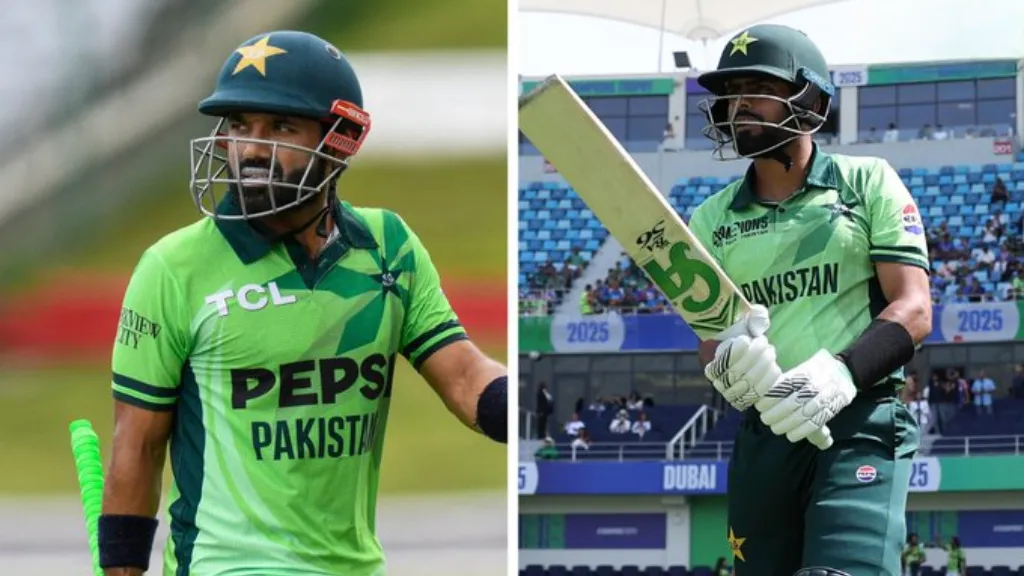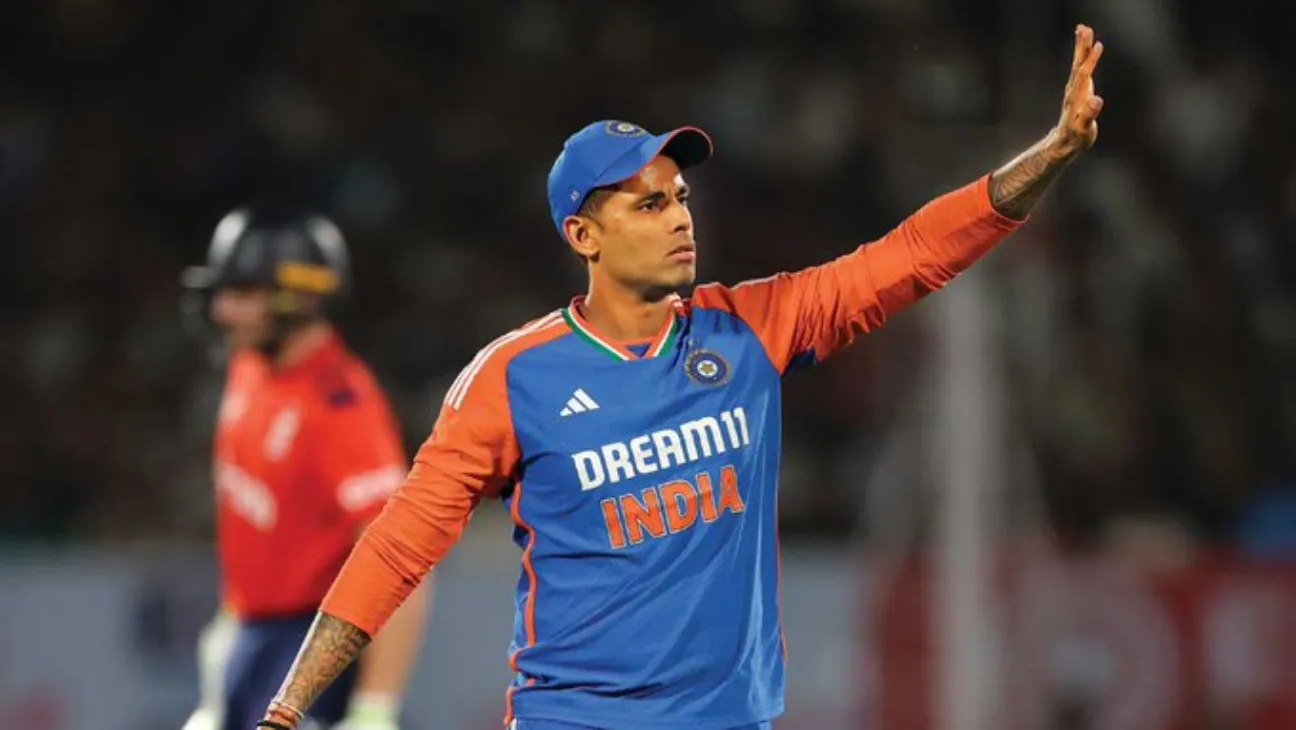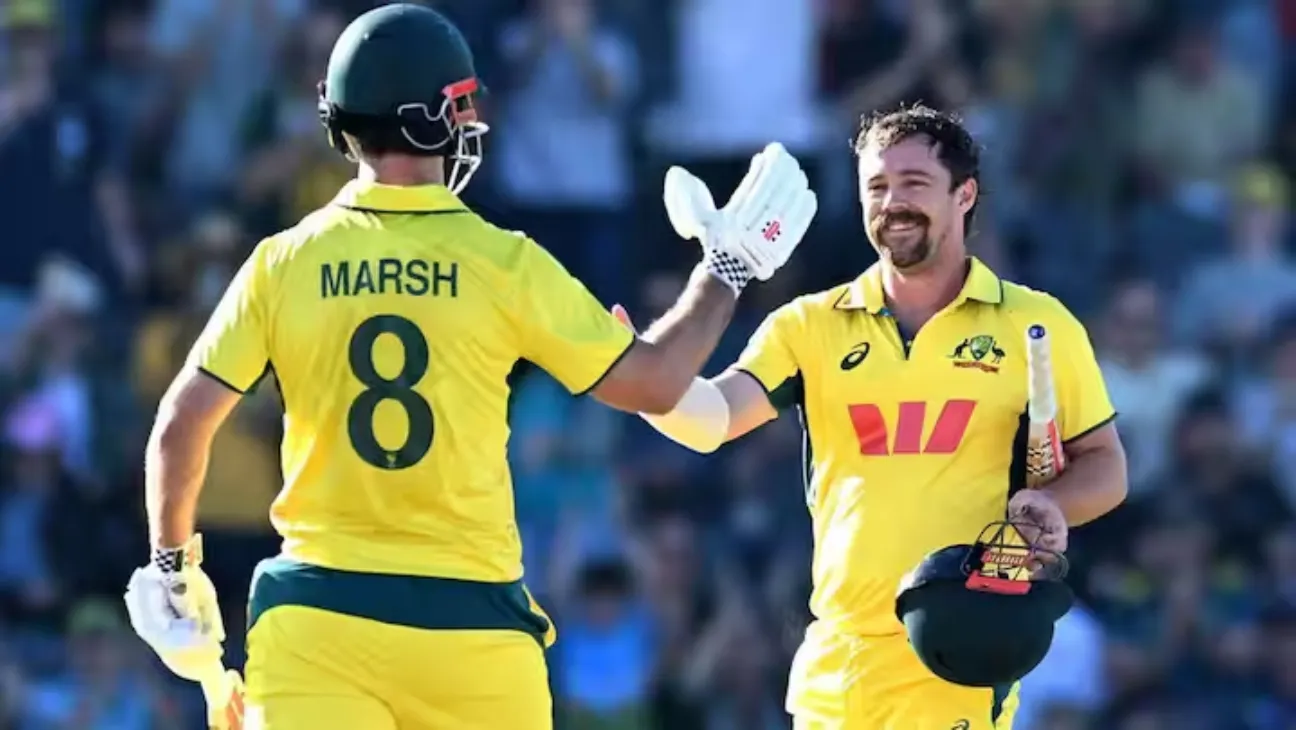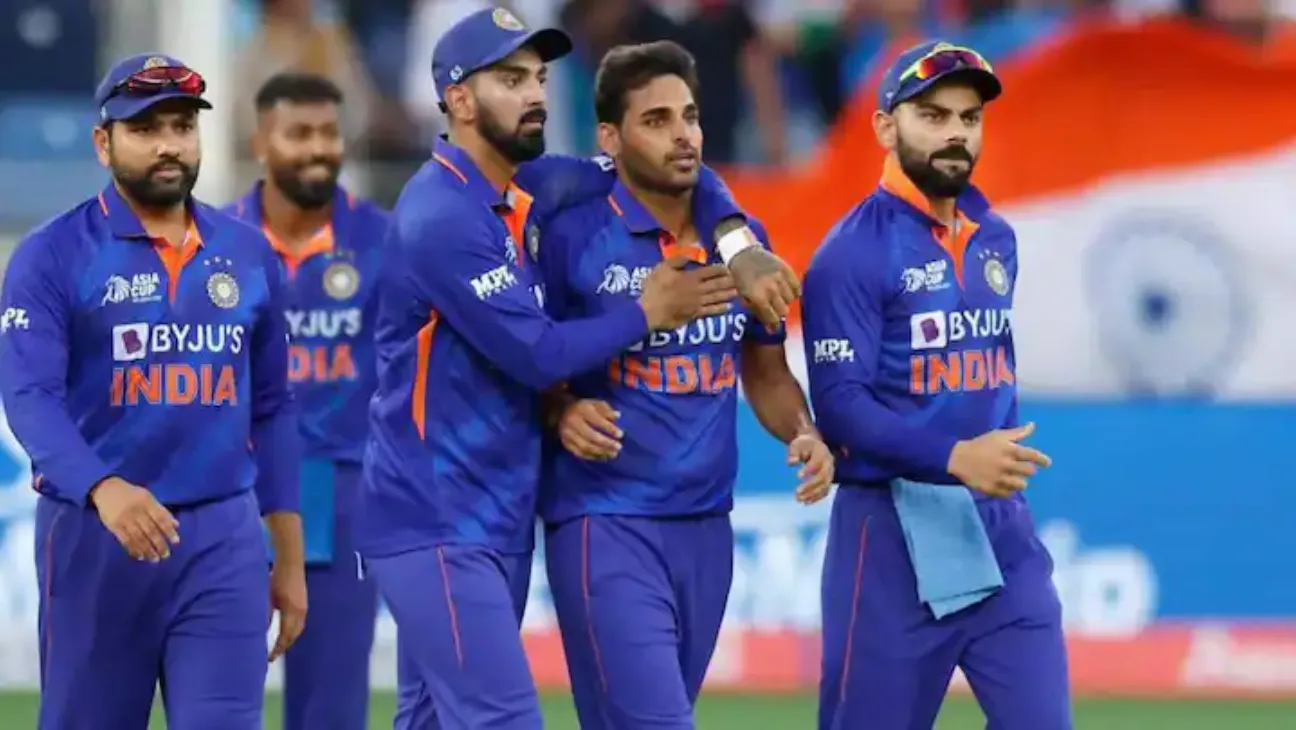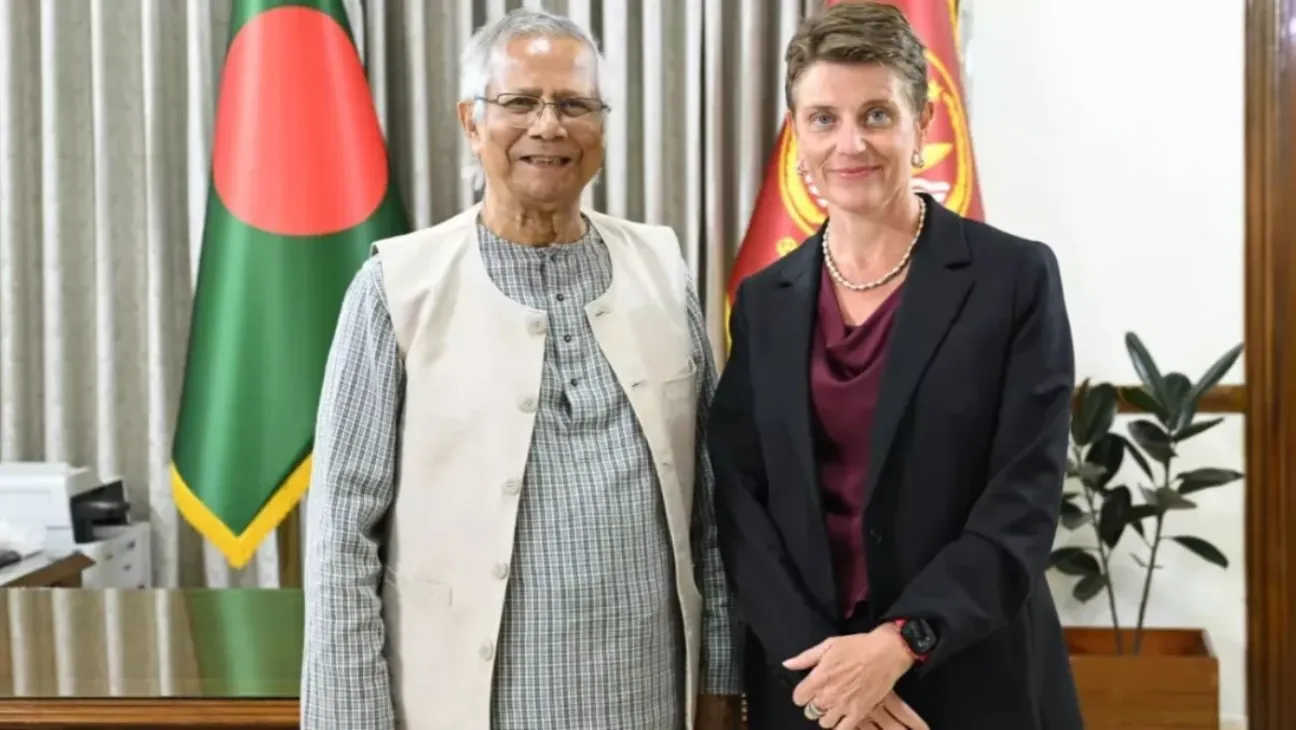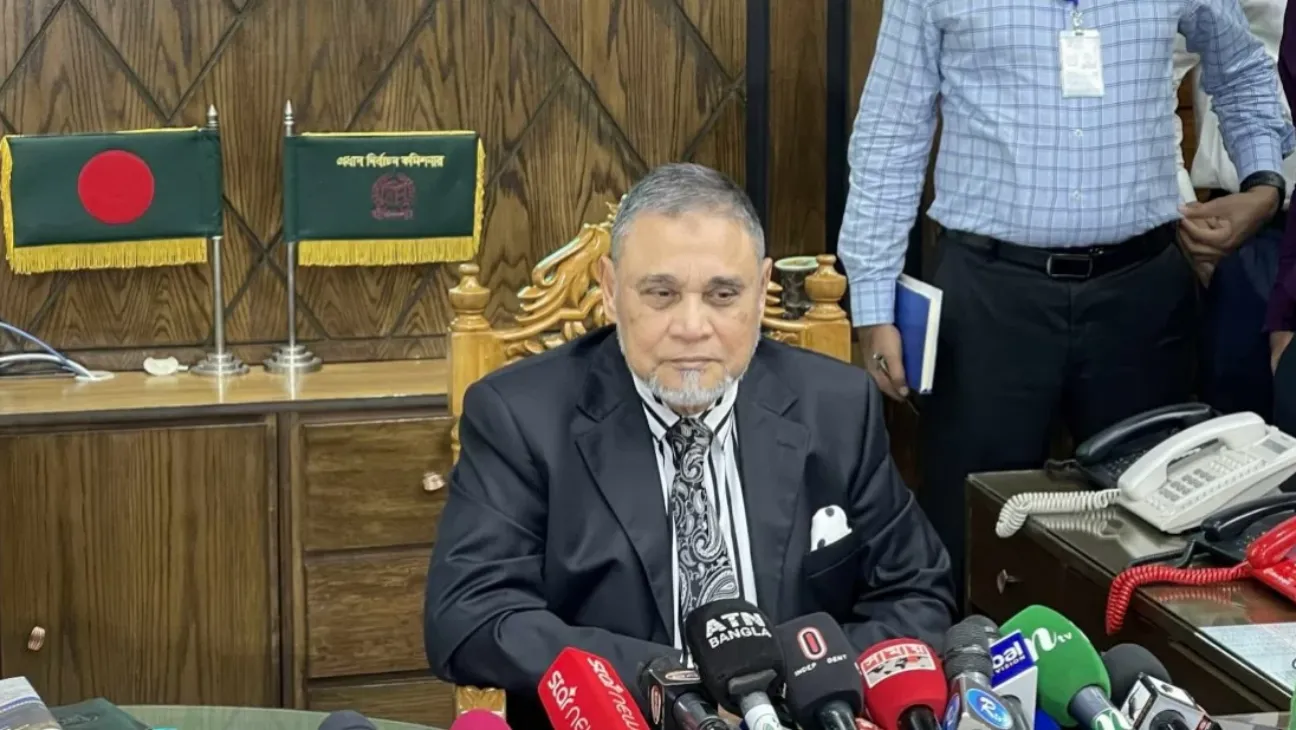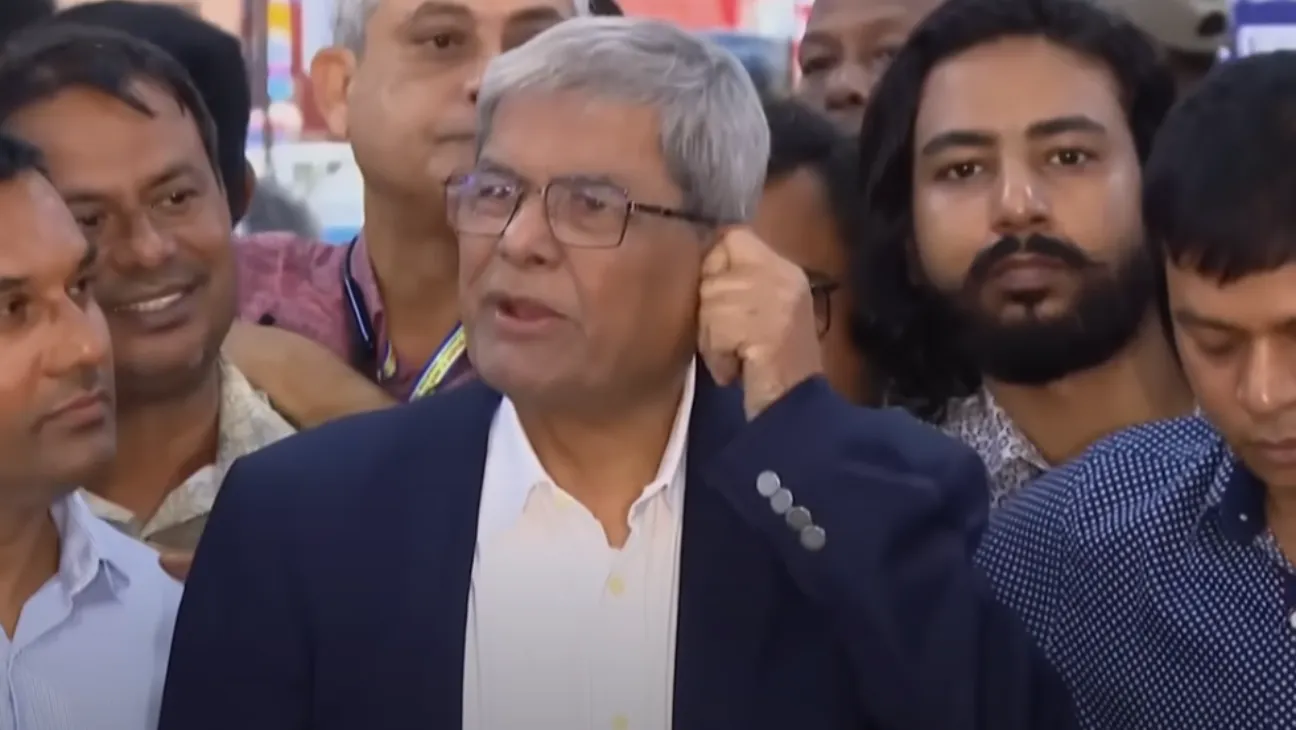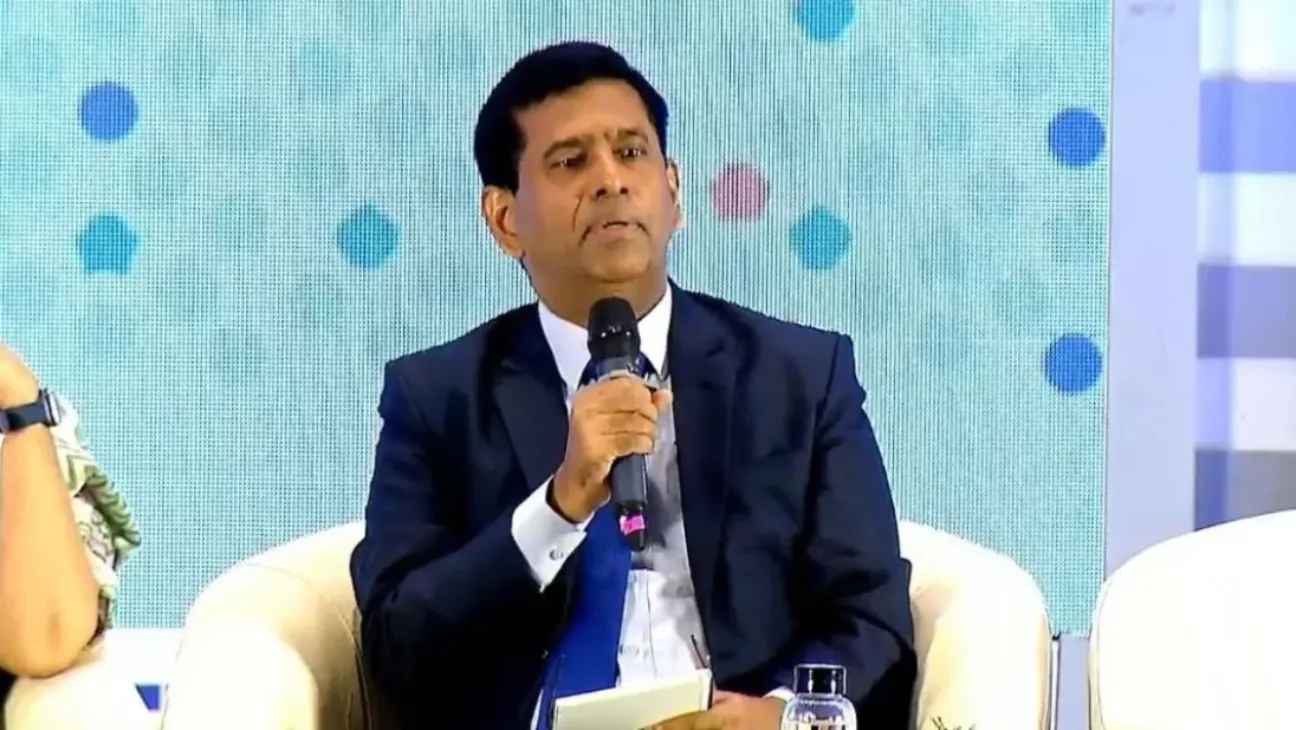Pakistan’s cricket unit is again facing intense inquisition after conceding a 1-2 ODI series defeat to the West Indies, a result that severed a 34-year unbroken dominance over that opponent in the format. The outcome has reignited queries over player selection as the squad prepares for the T20 Asia Cup, which commences on 9 September.
Discussion is now fixated upon Babar Azam and Mohammad Rizwan. Neither has entered the T20 international arena in 2023, and multiple sources indicate that the Pakistan Cricket Board (PCB) is disinclined to restore either as the Asia Cup looms. Babar’s most recent foray into the format occurred in December 2024 against South Africa; Rizwan’s record concludes in the same series.
Form remains a pivotal consideration in the ambiguity. Babar’s Pakistan Super League campaign yielded a modest 288 runs at a 36 average. Rizwan, conversely, accumulated 367 runs at a superior 52-plus average, yet that high return has not assured a T20 berth. During Pakistan’s recent ODI series against the West Indies, Babar aggregated only 69 runs across three innings, registering dismissals of 0 and 9 in the process.
Strike rates have emerged as a particularly vexatious concern. Critics have long admitted that Babar and Rizwan’s scoring has brought consistency, yet challenged that their rate of acceleration in the T20 format has lagged.
Babar remains Pakistan’s foremost accumulator, having amassed 4,223 runs at a near 40-average; nevertheless, his strike rate of 129.22 falls below the threshold many analysts set for the contemporary game. Rizwan’s column reflects a congruent trend: 3,414 runs at 47-plus, countered by a 125.37 strike rate.
Selectors in Lahore now confront a fateful juncture. Should they repose faith in the proved temperament of experience, or tilt toward a younger coterie designed to tilt the scoring dial more vigorously? The adjudication will inevitably colour the Asia Cup sojourn, and by extension, the year-long topology leading to the T20 World Cup.

